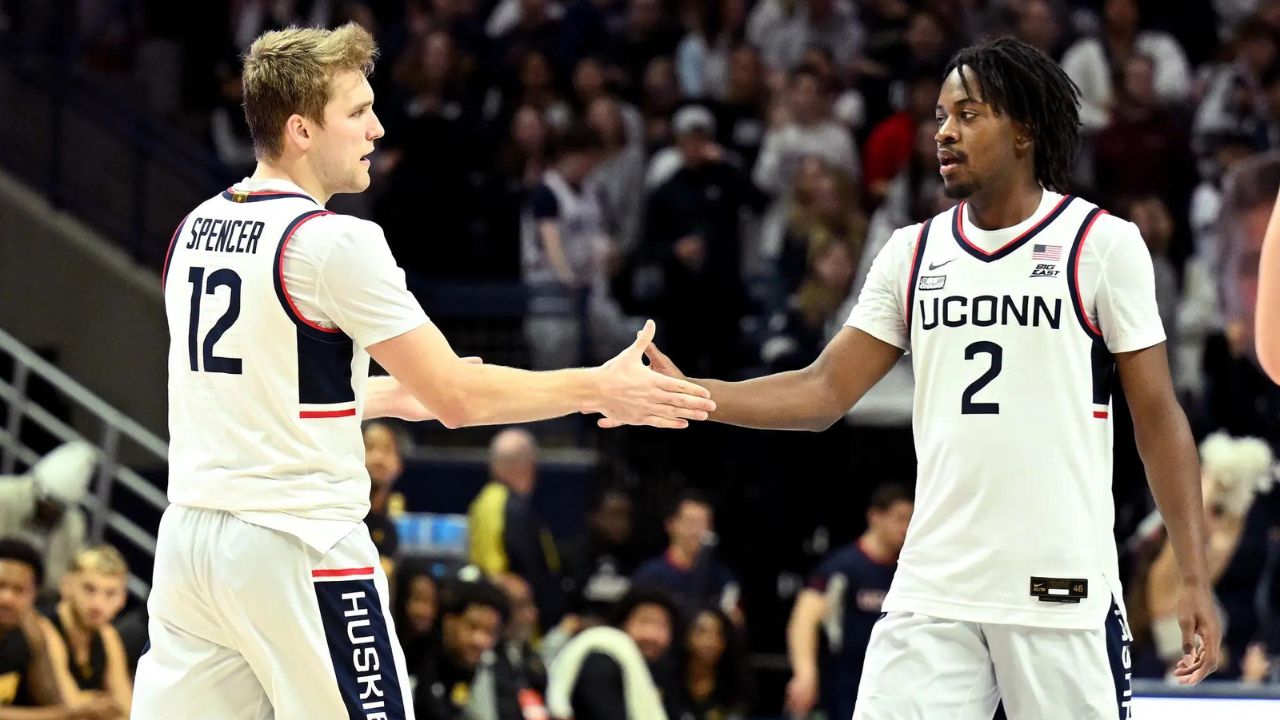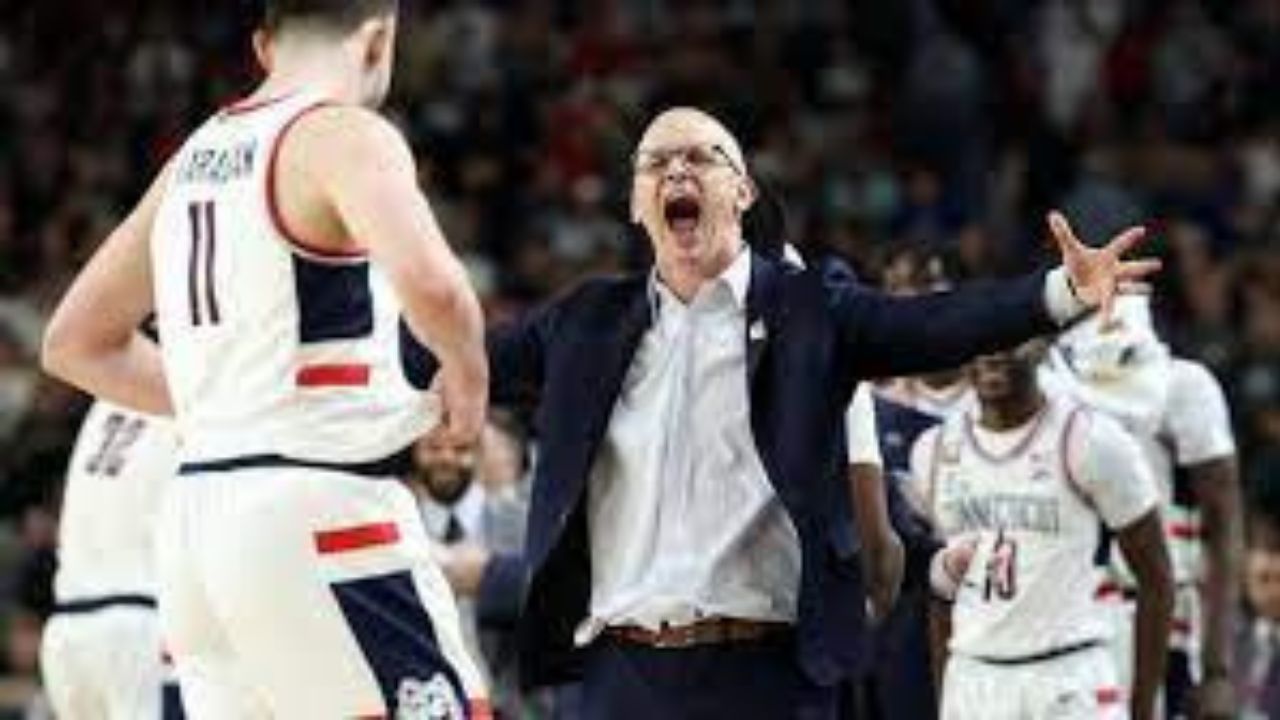The team that is still standing after the NCAA men’s tournament is the most excellent winner. Connecticut defeated Purdue 75–60 to earn their second consecutive national title. The Boilermakers had a fantastic season despite the defeat. A year ago, No. 16 Fairleigh Dickinson pulled off a historic upset to knock Purdue out of the first round. However, the SEC, the Mountain West, and clubs like Kentucky, Auburn, and Houston didn’t have a memorable tournament. Here are this year’s major March Madness victors and losers, with the Huskies having won their sixth national championship:

March Madness winners:
ACC:
The ACC brought attention to its standing as one of the best men’s college basketball conferences when it appeared to be on the ropes.
The other four qualified ACC teams, including Virginia, went to the Sweet 16. Clemson, Duke, and North Carolina State were the three teams who advanced to the Elite Eight. The Wolfpack completed their run with a trip to the Final Four, when their breakout player, DJ Burns, produced some of the tournament’s most memorable moments.
Although the collegiate sports landscape is constantly shifting and the ACC has been suffering hits, March was beneficial for a league that ranks among the top in terms of college basketball national titles.
Connecticut:
This wasn’t it if there is such a thing as a typical national champion. The Huskies are a legendary force that merits recognition among the most significant groups in NCAA history. Every victory in this event was achieved by a double-digit margin, just like it did a year before. The closest victory over this time was a 13-point triumph against Miami in the Final Four of the previous year. The Huskies were the whole package—they were explosive in the frontcourt and utterly dominant in the backcourt. Though he was only one of five or six guys on this team who may be the most outstanding player, Tristen Newton (20 points) was the leading scorer against the Boilermakers.
Zach Edey:
Since Bill Bradley of Princeton in 1965, no player has so thoroughly trounced the opposition without taking home the national title. Edey equaled Bradley for the second-highest point total by a player in a single tournament with his 37 points on Monday night and 177 points across six games. Even his finest play in the previous three weeks—40 points in Purdue’s Elite Eight victory over Tennessee—was not as good as this one. The two-time national player of the year celebrated his final moments in style.
The Big East:
Should the league have received more than three bids? It was all won by UConn. Marquette and Creighton advanced to the Sweet 16. With a combined record of 10-2, these three teams gave the Big East the highest winning percentage of any league fielding more than one team.
Mid-major coaches:
Taking some liberties in referring to Washington State as a mid-major, given its upcoming transfer to the West Coast Conference, seven of the tournament’s coaches were ultimately hired by Power Six leagues. Mark Byington from James Madison to Vanderbilt, Danny Sprinkle from Utah State to Washington, and Kyle Smith from Washington State to Stanford were the three who advanced following first-round victories.
Four more players were eliminated in the first round: Darian DeVries from Drake to West Virginia, Pat Kelsey from College of Charleston to Louisville, Steve Lutz from Western Kentucky to Oklahoma State, and Dusty May from Florida Atlantic to Michigan. Among the Power Six this offseason, just seven account for almost half of the openings.
March Madness and losers:
The SEC:
With nine teams, the SEC was matched with the Big 12 for the most in the tournament, yet only two, Alabama and Tennessee, managed to make significant progress past the first weekend. The SEC had four teams, including No. 3 Kentucky, lose in the tournament’s first round, but the Crimson Tide’s unexpected run to the Final Four helped the conference finish 8-8 overall.
Kentucky:
Speaking of the Wildcats, coach John Calipari left to take the same job at Arkansas less than three weeks after the team’s early elimination at the hands of No. 14 Oakland. Is that truly a negative thing? Despite having one of the best recruiting campaigns in the nation, Kentucky hasn’t advanced past the first weekend of play since 2019 and hasn’t made it to the Final Four since 2015.
Mountain West:
Another conference that fell short of expectations was the Mountain West, which finished the tournament with a mere 4-6 record despite being regarded as the best league outside of the Power Six. In the play-in game, Boise State, one MWC team, was defeated by Colorado. Three additional teams, Colorado State (Texas), Nevada (Dayton), and New Mexico (Clemson), were eliminated in the first round. Utah State defeated TCU, and then Purdue dominated them. San Diego State, the national runner-up from the previous season, was the only MWC club to make an impact. Virginia and the tournament committee:
The selection committee faced a problem when making its last at-large choice. By winning their conference tournaments, North Carolina State, Alabama-Birmingham, and Duquesne all managed to snatch berths. That left Oklahoma, Seton Hall, Indiana State, and Pittsburgh as formidable teams to pick from. Instead, it went with Virginia, a squad that had dropped four of its previous seven games and scored fewer than 50 points in three losses.
Cinderellas:
The tournament’s unique qualities were demonstrated in the opening round. In the first round, eight teams with ten or more seeds prevailed, with No. 14 Oakland and No. 13 Yale securing upset victories against SEC heavyweights.
However, after that, the remainder of the tournament was relatively uneventful regarding underdog stories. Considering how hot it was playing going into the NCAA Tournament, NC State’s run to the Final Four was unsurprising, even if they were the only double-digit seed to make it to the Sweet 16.
The NCAA Tournament is a spectacle because of its Cinderella stories, but this year’s glass slipper is inappropriate.
Buzzer-beaters and close games:
The tournament’s propensity for the spectacular, with breathtaking finishes or buzzer-beating baskets, is another fantastic aspect. There weren’t many of such, and most games were settled minutes before the last buzzer sounded.
The two most memorable late-game shots were made by KJ Simpson of Colorado, who made a jumper to defeat Florida in the closing seconds, and Andersson Garcia of Texas A&M, who made a 3-pointer to force OT against Houston in the second round. And that was all.
42 of the 67 games, including the national championship game and Final Four semifinals, were decided by double digits. Fewer people are biting their nails this time.
Read Also – Dorene Pinkham Stahl Obituary, Cause of Death

